Volvo extends S60 range with plug-in hybrid powertrain and new trim levels
Green Car Congress
AUGUST 22, 2019
Volvo has extended its S60 range—the third generation of the premium mid-size sedan—to incorporate further powertrain choices and equipment grades, including an allwheeldrive gasoline-electric hybrid and a trim level that focuses on luxury and craftsmanship. Fuel economy (on the WLTP combined cycle) is up to 147 mpg US.




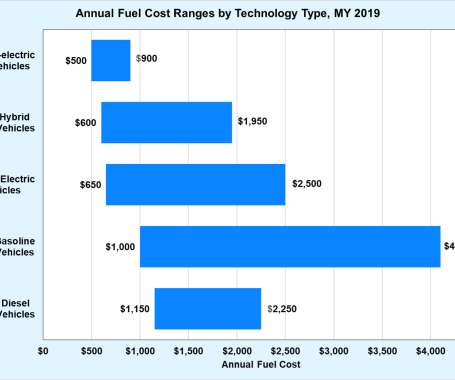

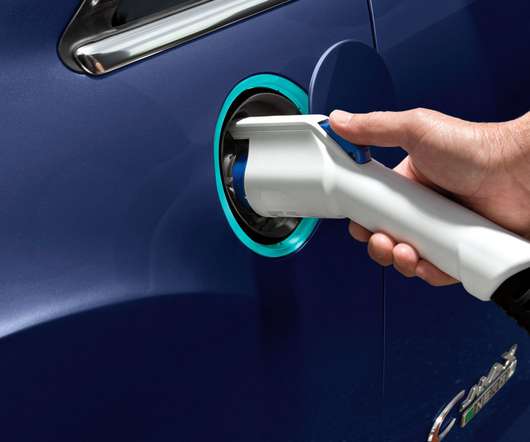
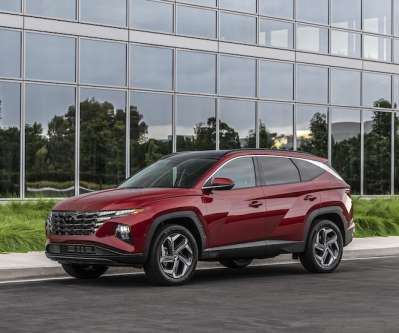



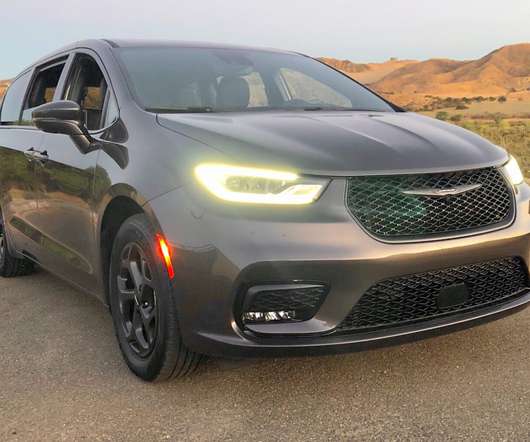









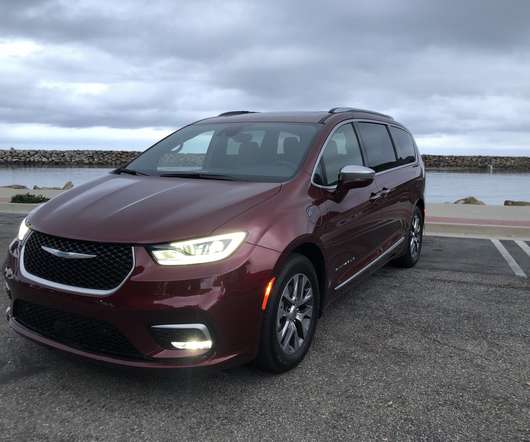
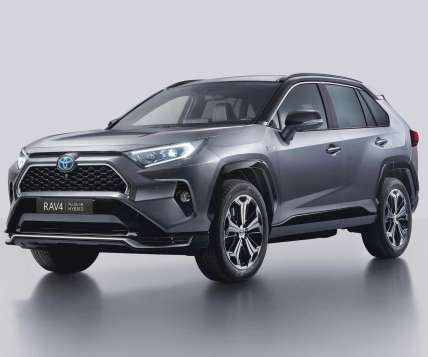


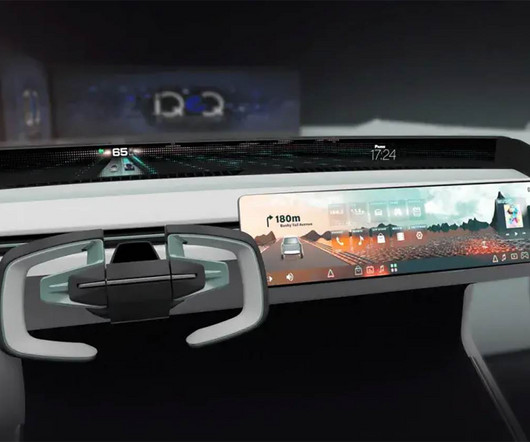
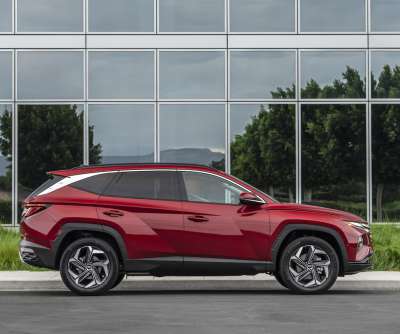

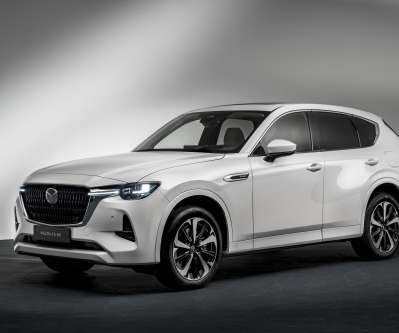












Let's personalize your content